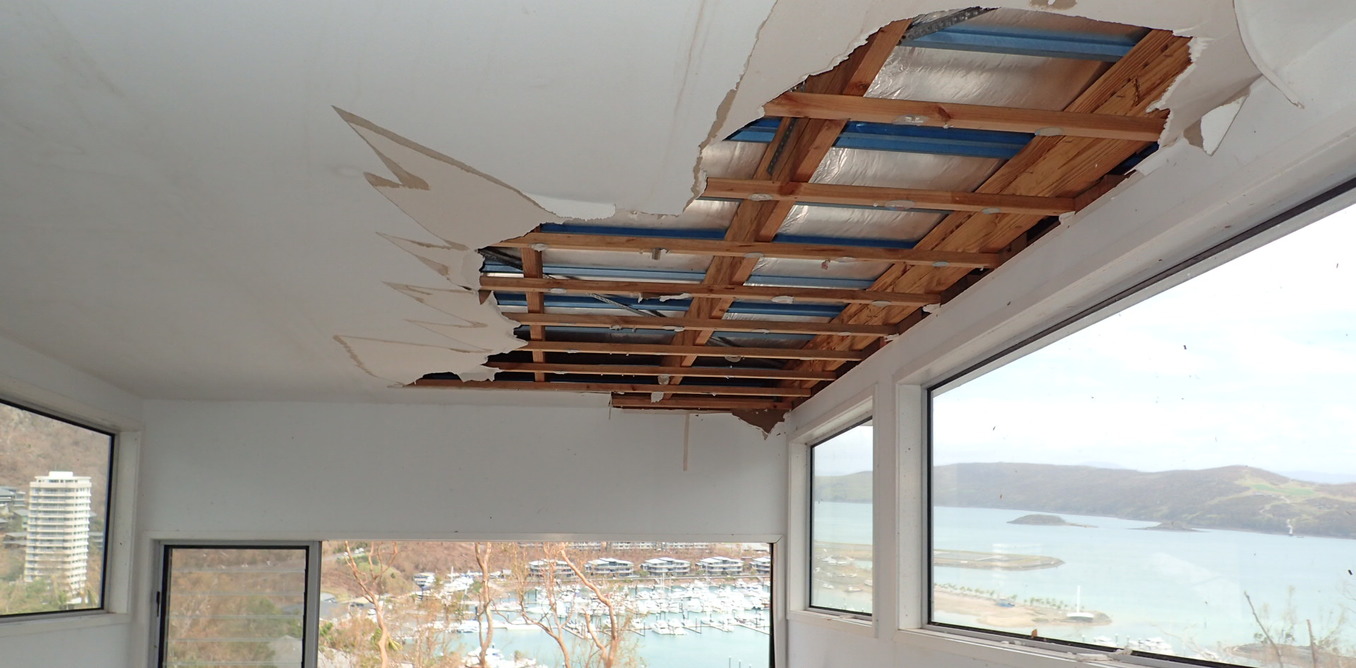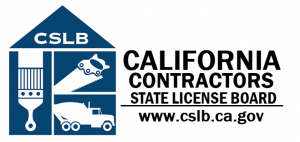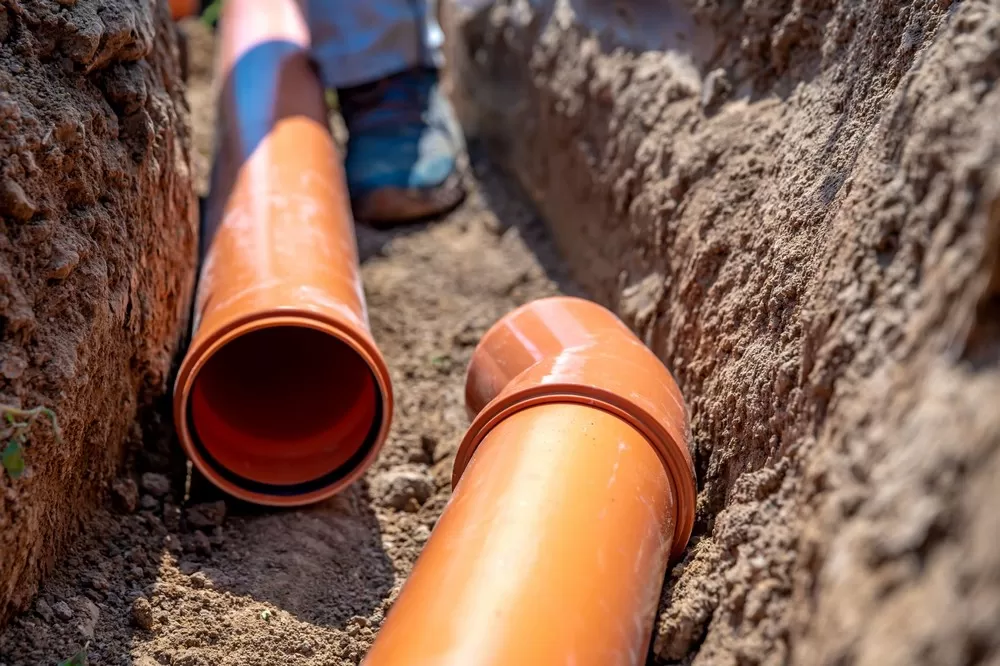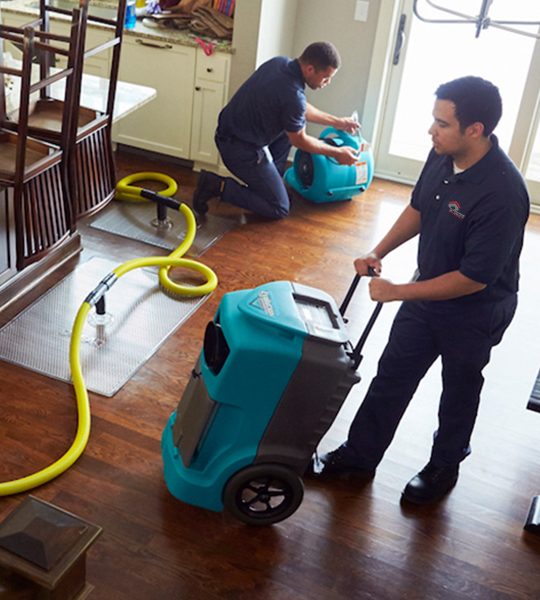How to Protect Your Home From Storm Water Damage—10 Essential Tips
Storm water damage can be a major cause of home damage, both inside and out. It can cause floods, mold, and other costly repairs if not taken care of. Fortunately, there are a few simple steps that you can take to protect your home from storm water damage. In this article, we’ll look at 10 essential tips you should follow to ensure your home is safe and secure from storm water damage. From checking your gutters and downspouts to making sure your sump pump is in good condition, these tips will help you keep your home safe from storm water damage and its consequent destruction. Keep reading to learn more about how to protect your home from storm water damage.

1. Identify potential water sources
When looking at ways to protect your home from storm water damage, it’s important to identify any potential sources of water that could lead to damage. This can include rainwater, which is the most common source of water that leads to water damage. Snow, ice, and other forms of frozen precipitation can also cause water damage by melting and collecting around your home. It’s also possible that water from overflowing creeks, rivers, ponds, and lakes could lead to water damage if it finds its way into your home. It’s important to keep an eye out for potential sources of water and divert them away from your home to minimize your risk of water damage. You can do this by clearing your roof of any debris that could block gutters and downspouts. You should also make sure to keep any creeks, rivers, and lakes at least 10 feet away from your home’s foundation to reduce the risk of water flowing into your home. To protect your home from water damage caused by rainfall, you should also make sure that your roof is well maintained. A well-maintained roof will help prevent water from getting inside your home and causing damage.
2. Check your gutters and downspouts
It may sound like a no-brainer, but one of the first things you should do to protect your home from storm water damage is check your gutters and downspouts. This will help you identify any potential issues and take care of them before they become a major problem. You may find that your gutters and downspouts need to be cleaned out or repaired, which will help prevent water from building up around your home and causing damage. Check your gutters and downspouts at least once a month to make sure that they aren’t clogged with debris. It’s also important to look out for any signs of damage, like rust or cracks. If you notice any issues with your gutters or downspouts, you should have them repaired as soon as possible.
3. Install a sump pump
If you live in an area that frequently experiences flooding, you may want to consider installing a sump pump. A sump pump is a mechanical device that automatically pumps water out of your basement when it reaches a certain level. This can help prevent serious damage from flooding by automatically removing water from your basement before it has a chance to cause any damage. Sump pumps are usually installed in a pit in the floor of your basement, where they can remove water before it has a chance to flow into your basement. Sump pumps are an important piece of equipment for anyone who lives in an area that is prone to flooding. Sump pumps can be a cost-effective way to prevent water damage, but it is important to maintain them to ensure that they are running properly when you need them. You should have your sump pump inspected and maintained every couple of years to ensure that it is in good working condition.
Certifications, Ratings, and Awards








4. Improve drainage around your home
Another way to protect your home from storm water damage is to improve drainage around your home. This can involve a variety of different landscaping improvements, like adding new drainage ditches or altering the direction of existing ones. You can also add a rain garden to your property to help naturally remove excess water. A rain garden is a landscaping feature that is designed to collect and naturally filter runoff from rain and other forms of precipitation. A rain garden is a great way to protect your property from flooding without the use of a sump pump. If you decide to add a rain garden to your property, keep in mind that certain plants are better suited to this type of environment than others.

5. Check for grading issues
Grade issues are a common cause of water damage to homes. A grade issue occurs when water is unable to drain away from your property properly. This can happen when rain collects around your property and doesn’t have an easy way to drain away, or when the ground around your home is sloping in the wrong direction. Grade issues can be difficult to identify, but they can lead to serious problems if they aren’t corrected. It’s important to check for grade issues around your home and take action if you find any. You could correct grade issues by installing drainage systems or by digging out drainage ditches. You can also grade your lawn so that water flows away from your home in the right direction. Grading your lawn correctly for drainage is a bit of an art form, but it’s something that can be learned with a bit of research and hands-on experience.
6. Keep an eye on your roof
Your roof is the most important part of your home when it comes to protecting it from water damage. That’s why you should keep an eye on your roof and take action as soon as you notice a problem. Roof damage can lead to serious water damage inside your home, so it’s important to address issues as soon as you notice them. You can protect your roof from storm water damage by making sure that it is well-maintained. You should have your roof inspected and maintained at least once every year to make sure that it is in good shape. You will likely need to clean your roof at least once every year to remove dirt, leaves, and other debris. It’s also a good idea to check for broken or missing shingles.
7. Maintain your landscaping
As we’ve discussed, landscaping can be a great way to protect your home from storm water damage. It can also be a great way to prevent it, provided that you keep your landscaping well-maintained. If you have trees or other plants on your property, you should make sure to maintain them so that they don’t cause any damage. It’s also important to keep an eye out for any issues that may cause problems down the road, like tree roots that are growing too close to your home. To prevent water damage caused by tree roots, you can have your roots pruned a couple of times each year.
8. Seal your basement
Your roof is the most important part of your home when it comes to protecting it from water damage. That’s why you should keep an eye on your roof and take action as soon as you notice a problem. Roof damage can lead to serious water damage inside your home, so it’s important to address issues as soon as you notice them. You can protect your roof from storm water damage by making sure that it is well-maintained. You should have your roof inspected and maintained at least once every year to make sure that it is in good shape. You will likely need to clean your roof at least once every year to remove dirt, leaves, and other debris. It’s also a good idea to check for broken or missing shingles.
9. Check your windows
Windows are another common source of water damage. They can be damaged by things like hail, heavy rain, or flooding. If your windows are damaged, water can easily get inside your home and cause serious damage. You can prevent window damage by having your windows inspected on a regular basis. You can also install storm windows to help prevent window damage. Storm windows are used during the cold months to help seal your home and keep it warm. During the summer, they can be removed to keep your home cool. They can be helpful during the spring and fall, when temperatures fluctuate between warm and cold, as well as during the winter, when temperatures are consistently cold. Regularly inspect your windows for damage and replace any broken windows as soon as possible to prevent water damage.
10. Inspect your appliances
Finally, you should also inspect your appliances regularly to make sure that they aren’t leaking or causing water damage. You should check your appliances for signs of damage, like loose connections or broken parts. If you notice any issues, you should have your appliances repaired as soon as possible.
NEED WATER DAMAGE RESTORATION SERVICES IN SAN DIEGO?

EMERGENCY RESPONSE
We respond to emergencies 24 hours a day, 7 day a week, 365 days a year. Highly trained technicians are ready to respond now to your call.

INSPECT THE DAMAGE
We will inspect the damage to ceilings, walls, floors and other parts of your property FREE of charge. We use state-of-the art infrared cameras and moisture monitors to find all areas of damage, even if they’re hidden.

SECURE FURNITURE & BELONGINGS
We will move belongings to a dry place. If the damage is extensive, we will carefully pack and inventory the items for safe-keeping until your property is restored

DRY OUT
We will ensure your property is completely dry by placing fans and dehumidifiers anywhere the structure is wet. For more severe damage, we may also remove drywall, flooring, and other material that is beyond repair.

RESTORATION
After ensuring your property is dry, we will work with you to restore it to its pre-damage condition and return your belongings to get you BACK TO NORMAL.

INSURANCE CLAIM SUPPORT
We have helped thousands of customers navigate the insurance claim process for water damage.
WHY YOU SHOULD CHOOSE XPRESS RESTORATION
- Free estimates & damage assessments
- Emergency Response in Under 60 Minutes
- IICRC Certified & Insured. BBB Accredited & A+ Rating
- We Help with Insurance Claims
- Full-Service Flood Cleanup Projects
- We are locals and Available 24/7/365
- Water/Flood Damage Restoration Specialist.
- Licensed General Contractor #962604 (Gen. B)
- Applied Microbial Remediation Specialist



